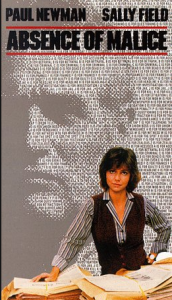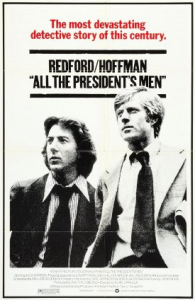The 2008 film Nothing But The Truth details the conflict that can arise from a reporter withholding sources. The film’s female protagonist, Rachel Armstrong, faces the wrath of the government when she reveals the name of an undercover CIA agent in a story for the Washington Sun Times.
This story lands Armstrong under investigation from a federal prosecutor to find out who her source is. The biggest question this film raises is whether or not it was worth it for Rachel to withhold her source and go to jail under contempt of court, or if she should have revealed her source to the government to be reunited with her husband and son.
There was one point in the film in which Rachel’s attorney started to ask her to reveal her source. It is at this point that I feel she made an extremely compelling argument. She stated that because she was a woman, she was expected to give up and go home to her husband and son and if she were a man it would be a different story. She decided to not give up the source and stay detained, much to the surprise of those around her.
As a journalist, Rachel promised her source anonymity. The reason the government was so desperate to find get her to reveal her source was because it is considered a treasonous offence to reveal the identity of a covert operative. That means that whoever her source was could be considered as a national threat. Rachel did not reveal her source throughout the entire film, until the end we find out that it was the CIA operative’s young daughter who revealed her mother’s identity.
The act of withholding this source landed Rachel in several trials, and ultimately prison. As we learned in the case of Branzburg v. Hayes, receiving information in confidence does not privilege a journalist to withhold the name of a source during a government investigation.
If I were placed in this position, I would be extremely torn as far as what I should do. I felt frustrated that she kept withholding the source at the beginning of the film. But once I realized who her source was; an innocent young girl who asked to stay anonymous, I understood why she was taking this so seriously. As a mother herself, she did not want to put that little girl in danger any more than she already had. If I had a source like that, I believe I would have withheld the source as well.
Cases like this impact journalistic decisions every day. Not only does this film question whether or not to reveal a source under a government investigation, it questions how to deal with anonymous sources. In this film specifically, both children and inebriated adults are brought into play questioning how to deal with sources who do not understand the consequences of what they are saying.


